Remember that iconic Dilwale Dulhaniya Le Jayenge scene? Under the moonlight, Simran and Raj share a sweet moment to break their Karwa Chauth fast. That romance made the festival a nationwide sensation. And it’s been a whirlwind ever since!
See those groups of excited women at the local markets? They’re not just gearing up for Diwali but Karwa Chauth, which is now a glamorous celebration of togetherness, with spa days, glam makeovers, and parties. Karwa Chauth is a massive business opportunity, generating over ₹15,000 crore from clothes, jewelry, and more.
So, how did a day of fasting and praying turn into a festival-sized spending spree? Let’s find out!
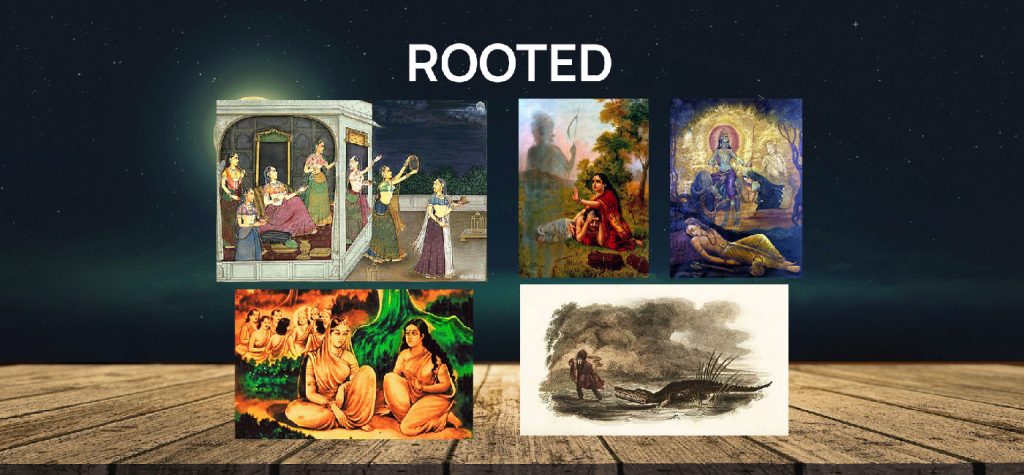
In Mythology & Devotion
For centuries, Karwa Chauth stories have inspired women to observe this sacred festival.
From Queen Veervati (tricked by her brothers into breaking her fast sooner) forcing Yama to bring her husband back to life, Draupadi praying for Arjun’s safety during his penance in the Nilgiris, Karva saving her husband from a crocodile’s jaws, to Savitri bringing her husband Satyavan’s soul back from Yama, these women made praying for your better-half a festival.
Feb 2, 2020
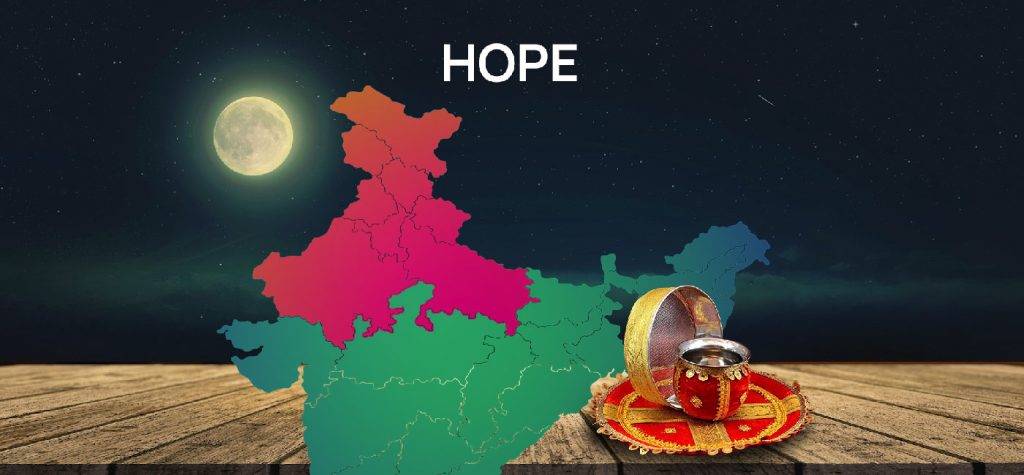
For Rajput Wives & Families
Observed initially by Rajput women to ensure their warrior husbands’ safe return from battle, Karwa Chauth gradually spread to northern and northwestern India.
As men from these regions served in the Indian Army, other military forces, and the police, their wives adopted the ritual of praying for their protection and well-being.
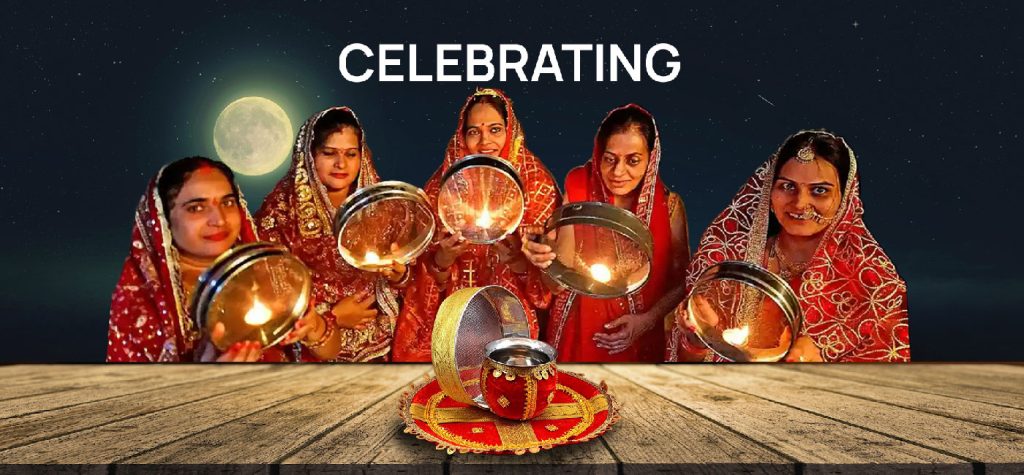
Soul Sister Connections
Originally a prayer for husbands’ longevity, Karwa Chauth evolved into celebrating feminine friendships during early marriages. Newlywed brides found solace and companionship in other young wives from their village.
This special bond, known as a kangan-saheli or dharam-behn (soul sister), was strengthened through the Karwa Chauth ritual.
Women would gather to share stories, laughter, and tears. It was a time of camaraderie and support, a reminder of the enduring power of female bonds.
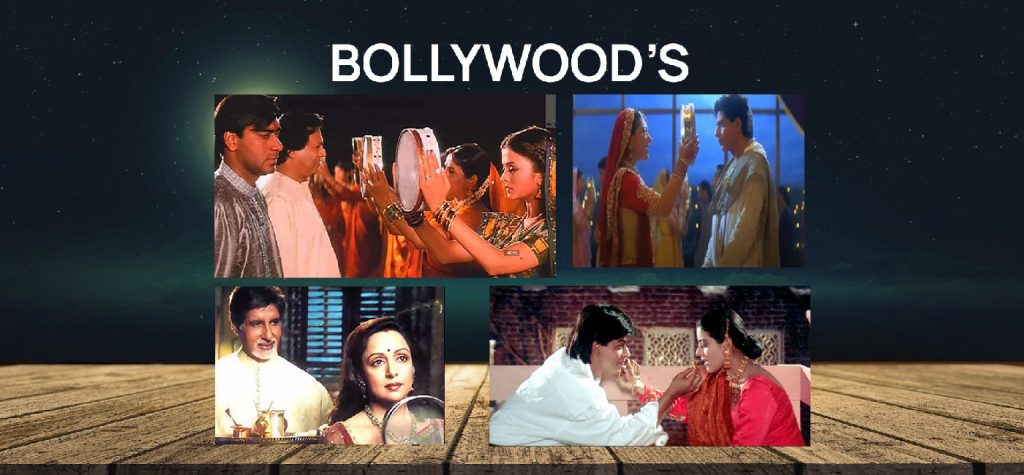
Glamorous Makeover
After centuries of being a humble, traditional, and religious festival, Karwa Chauth became a glitzy affair after Dilwale Dulhaniya Le Jayenge, Hum Dil De Chuke Sanam, Kabhi Khushi Kabhie Gham and Baghban immortalized this festival onscreen.
K for Karwa Chauth and Ekta Kapoor’s serials! Soap operas followed suit by the mid-and late 2000s. Soap operas brought glamour to every household across India. Not to be left behind, Bollywood stars and wives organized lavish off screen soirees finding mention on Page 3.
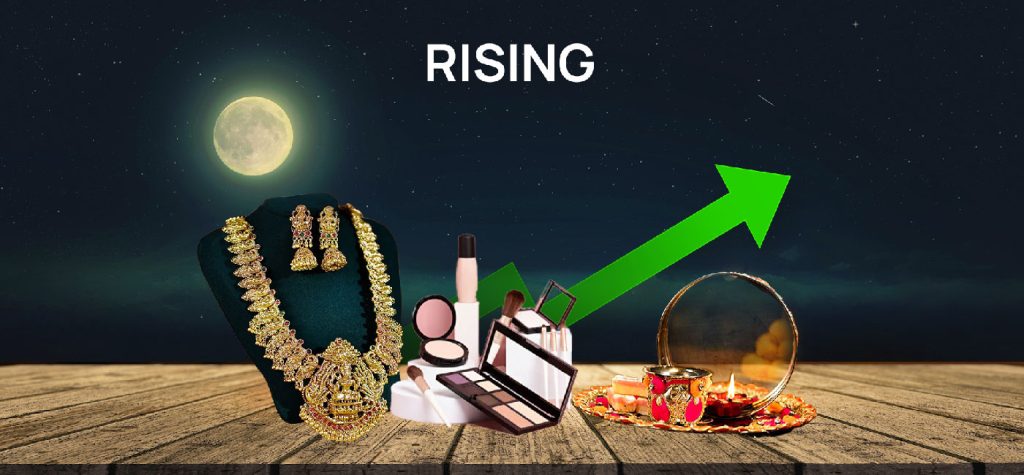
Popularity Boosting Economic Boom
Bollywood’s dazzling portrayal of the festival met urbanization and increased disposable income, making celebrations more elaborate. New clothes, jewelry, cosmetics, festive items — you name it, and women were buying it.
Once a regional tradition, Karwa Chauth quickly caught the entire nation’s attention.

Devotion in the Digital Age
Selfies flooding social media feeds, influencers sharing festive fashion, Bollywood-inspired outfits, online shopping extravaganzas, and Karwa Chauth-themed events and parties are the rage today.
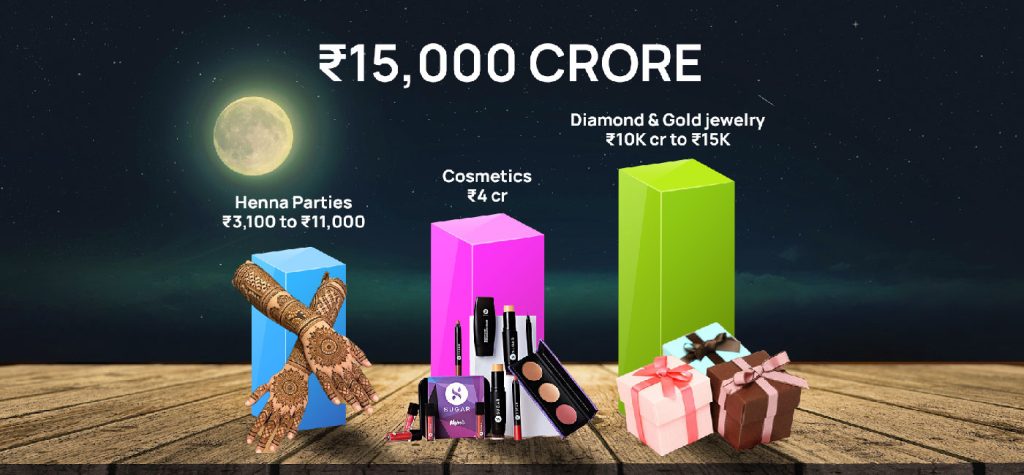
Money-spinner Today
Every year, Karwa Chauth marks a money-spinning bonanza for businesses that begin profiting from the previous day.
Henna Parties with mehendi artists charging ₹3,100 to ₹11,000 a person for home services. Karwa Chauth has outgrown Valentine’s Day and Black Friday for salons, jewelry, and cosmetic brands. Sugar Cosmetics, for instance, sold ₹4 crores worth of products in one day and ₹75 crores in a month in 2023.
Salons offer luxury packages ranging from ₹30,000 to ₹3 lakh, while sales of lightweight diamond and gold jewelry see a 50% surge. With premium gifting options, the business jumped from ₹10,000 crore to ₹15,000 crore in just one year.
How useful was this post?
Click on a star to rate it!
Average rating 4.7 / 5. Vote count: 3
No votes so far! Be the first to rate this post.
waitfor delay '0:0:5'--
I’m Archana R. Chettiar, an experienced content creator with
an affinity for writing on personal finance and other financial content. I
love to write on equity investing, retirement, managing money, and more.
 Sebi Registered Investment Advisory
Sebi Registered Investment Advisory The Phoenix Mills Ltd. (PDF)
The Phoenix Mills Ltd. (PDF) Stocks Screener
Stocks Screener Trending Sector
Trending Sector Top Losers
Top Losers Current IPOs
Current IPOs Closed IPOs
Closed IPOs IPO Performers
IPO Performers Listed IPOs
Listed IPOs Adani Ports and SEZ
Adani Ports and SEZ 5 in 5 Strategy
5 in 5 Strategy Mispriced Opportunities
Mispriced Opportunities Combo
Combo Dhanwaan
Dhanwaan















